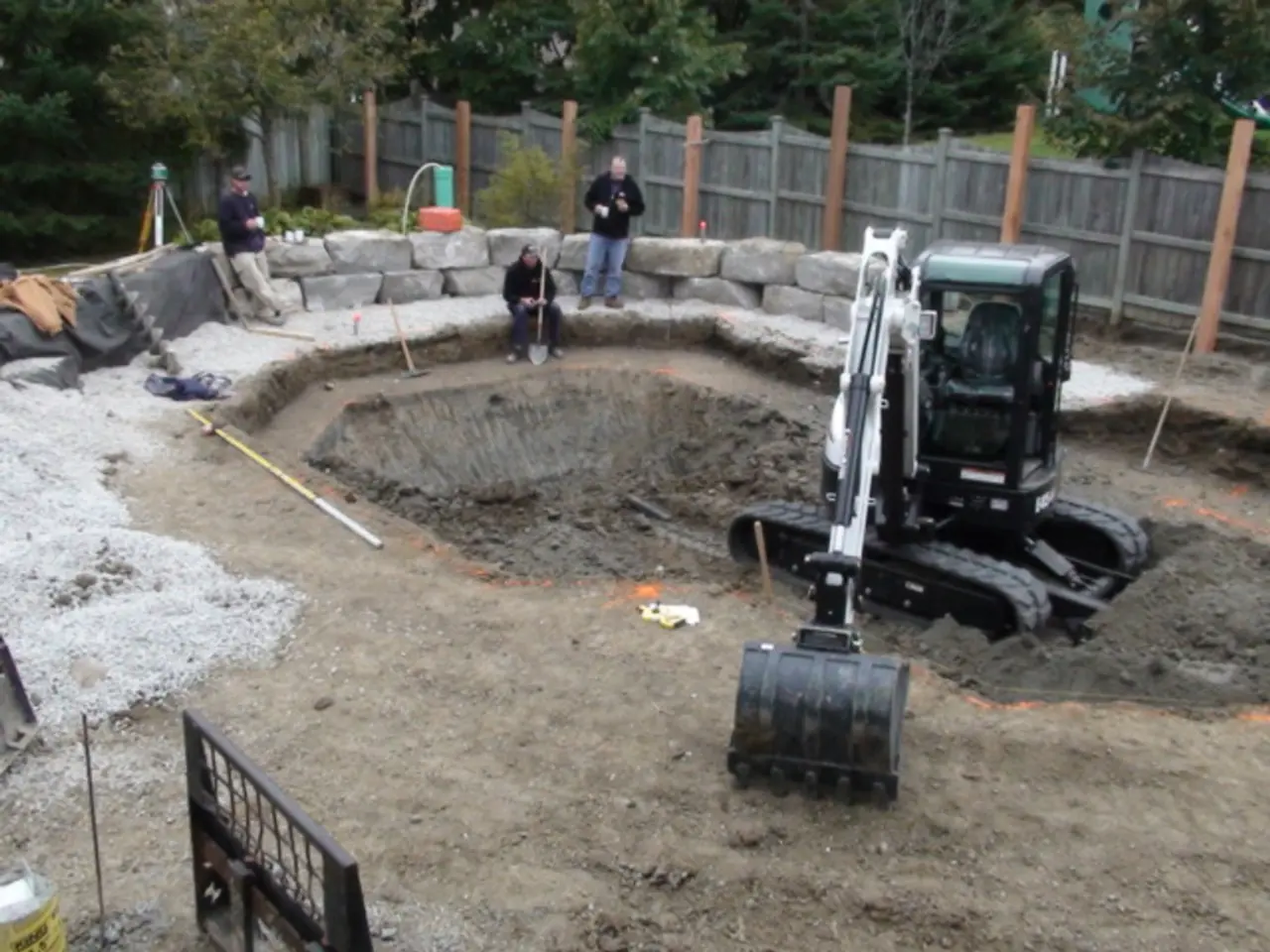TUM Revolutionizes Structural Health Monitoring with Autonomous Crack Inspection
A groundbreaking study led by researchers at the Technical University of Munich (TUM) has revolutionised structural health monitoring. Published in 2025 in Automation in Construction, the research introduces an autonomous crack inspection framework using deep reinforcement learning, transforming how we assess building safety.
Traditional inspection methods are notoriously labor-intensive. The new approach, however, integrates AI and UAVs to enhance efficiency and reduce personnel risk. At the heart of this innovation lies an autonomous crack segmentation and exploration system. This system enables an agent to navigate structures without human operation, capturing over 85% of cracks in the training dataset and 82% in the testing dataset.
The system's adaptability is remarkable. It can follow crack patterns and decide stopping time independently, significantly reducing time and labor costs. Compared to conventional exhaustive search methods, this approach boosts efficiency by a staggering 64%.
The autonomous crack inspection framework, developed by the TUM-led group, promises to revolutionise structural health monitoring. By minimising human involvement and enhancing efficiency, it enables more frequent inspections, thereby improving building safety assessment. This breakthrough paves the way for a new era in structural health monitoring.




